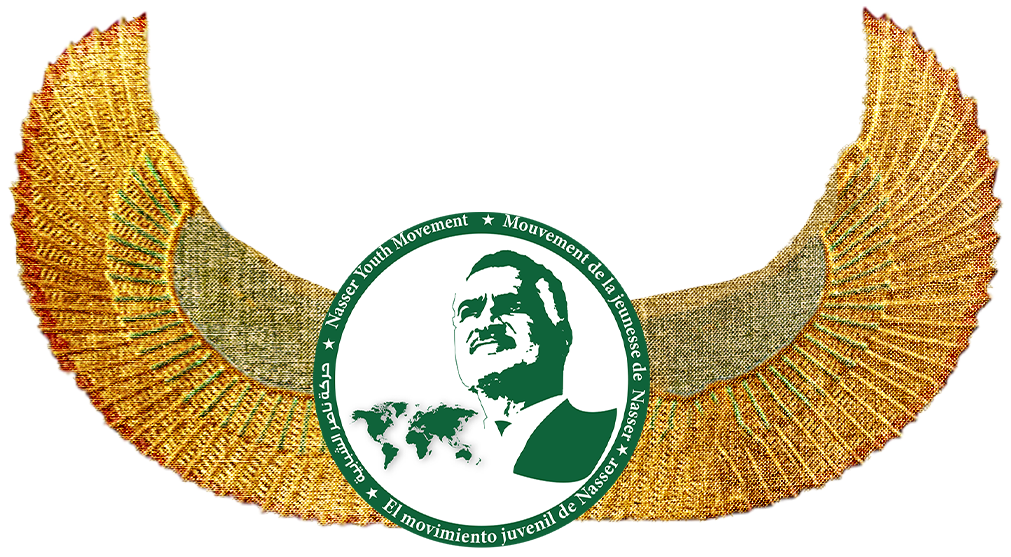Cairo Tower: The story of Nasser’s steadfastness and resilience in the face of the arrogance of the world's largest pole
Anniversary of the completion of the construction of the Cairo Tower (April 11, 1961)
In the mid-fifties of the last century, specifically in 1956, the United States of America had donated to President Gamal Abdel Nasser $1 million -as a bribe- claiming that it was a grant to support the Egyptian infrastructure. However, the real reason behind it was to terminate Egypt’s national role, as well as Abdel Nasser’s support for independence movements and revolutions against colonialism in the Arab and African countries, specifically the Algerian revolution - led by Ahmed Ben Bella - against the French colonialism at that time. Egypt -under President Abdel Nasser- decided nonetheless to teach a lesson of steadfastness to those who ever dare to think one day to buy off its people or break their will. Nasser decided to use the American fund to build a symbol of steadfastness, resilience and dignity: “Cairo Tower”. The Americans called it the “thorn of Gamal Abdel Nasser”, while the Egyptians called it "Roosevelt’s erection" as evidence of Egypt's steadfastness against the United States, as well as of its adherence to relations with Algeria.
The Egyptian architect Naoum Shebib, designed the Cairo Tower in the form of a "lotus flower", inspired by the ancient Pharaonic civilization and it symbolizes eternity and immortality. 500 workers participated in its construction. The Tower consists of 16 floors, standing 187 meters tall to be the second highest tower in the world at that time after the Eiffel Tower. Its height exceeds that of the Great Pyramid by about 40 meters. The construction of the Cairo Tower took about 5 years (1956-1961) at a cost of 6 million Egyptian pounds at the time.
About Naoum Shebib:
He is an Egyptian architect and structural engineer who belongs to the generation of pioneers, the first generation of original architects of the twentieth generation. Born in Cairo on November 28, 1915, he graduated in 1937 with honors from Cairo University, Faculty of Architecture. He also obtained a master's degrees in Soil Mechanics and Engineering, and another in Structural Engineering. He is the owner of the Shebib Contracting Company. His work relied on the manufacture of reinforced concrete for which he received a patent. His most notable projects: Cairo Tower, Al-Ahram Building, Cairo Motor Building, Saint Catherine Church, and Ali Baba Movie Theatre, in addition to many residential towers in Cairo. Naoum Shebib died in Canada in 1985.





